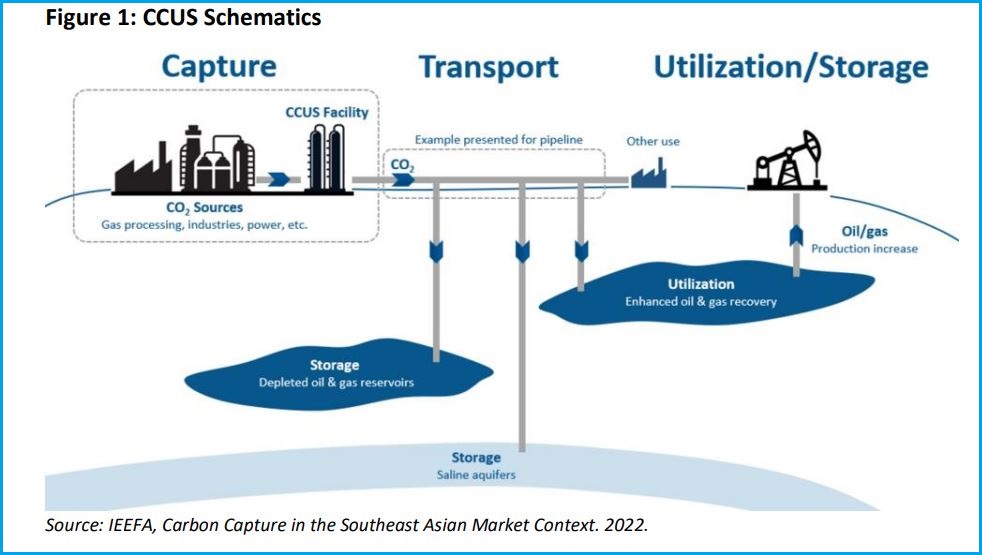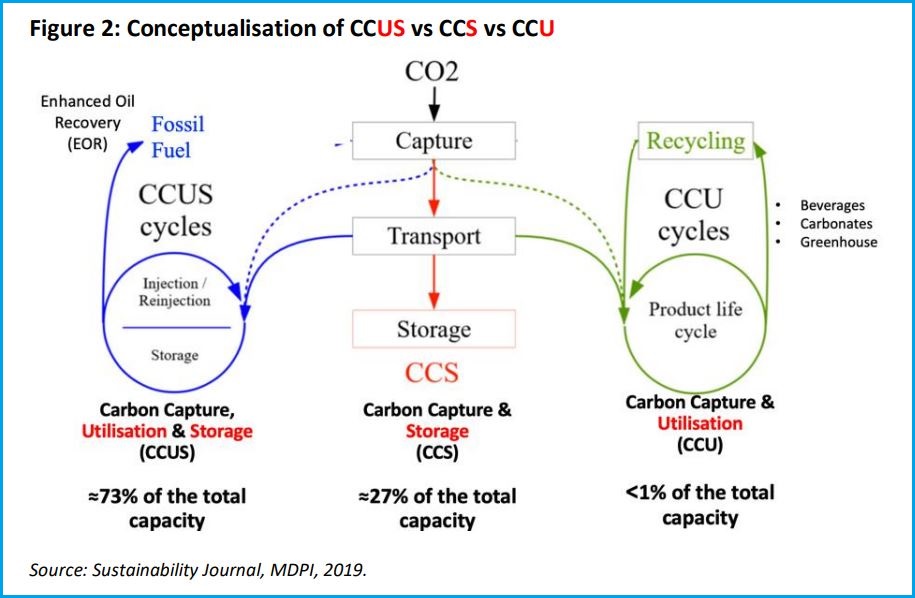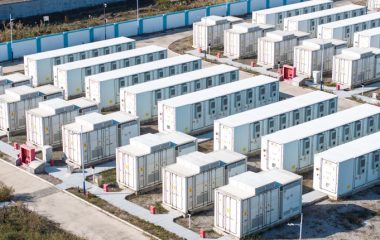
Photo: iStock
The number of failures and underperforming carbon capture projects has outnumbered the successful projects considerably. Ten of the 13 flagship projects reviewed, comprising 90% of the total capture capacity in the sample, have failed or are underperforming mostly by large margins, finds a new report titled The Carbon Capture Crux – Lessons Learned, produced by the Institute for Energy Economics and Financial Analysis (IEEFA).
The Carbon Capture Crux – Lessons Learned studies 13 flagship large-scale carbon capture and storage (CCS) and carbon capture, utilization and storage (CCUS) projects in the natural gas, industrial and power sectors. These projects account for around 55% of the total current operational capacity worldwide.
Author Bruce Robertson says seven of the 13 projects underperformed, two failed, and one was mothballed.
“CCS technology has been going for 50 years and many projects have failed and continued to fail, with only a handful working. Many international bodies and national governments are relying on carbon capture in the fossil fuel sector to get to net zero, and it simply won’t work,” he added.
The two most successful projects are in the gas processing sector in Norway
According to the report, Shute Creek in the US underperformed its carbon capture capacity by around 36% over its lifetime, Boundary Dam in Canada by about 50%, and the Gorgon project off the coast of Western Australia by about 50% over its first five-year period.
“The two most successful projects are in the gas processing sector – Sleipner and Snøhvit in Norway. This is mostly due to the country’s unique regulatory environment for oil and gas companies,” says Robertson.
Almost all projects in the power sector have failed

Close to 90% of proposed CCS capacity in the power sector has failed at implementation stage or was suspended early – including Petra Nova and the Kemper coal gasification power plant in the U.S. Furthermore, most projects have failed to operate at their theoretically designed capturing rates.
As a result, the 90% emission reduction target generally claimed by the industry has been unreachable in practice, according to the study.
Finding suitable storage sites and keeping CO2 there is also a major challenge. This is why the trapped CO2 needs monitoring for centuries to ensure it does not come back to the atmosphere, the author said.
Carbon capture technology is not a climate solution

Robertson said that governments globally are looking for quick solutions to the current energy and climate crisis, and points to Australia which last week approved two new massive offshore greenhouse gas storage areas, saying CCS has a vital role to play to help Australia meet its net zero targets.
However, Robertson says, carbon capture technology is not new and is not a climate solution.
CO2 is reinjected and sequestered in oil fields to push more oil out of the ground
“As our report shows, CCS has been around for decades, mostly serving the oil industry through enhanced oil recovery (EOR). Around 80–90% of all captured carbon in the gas sector is used for EOR, which itself leads to more CO2 emissions,” he said.
About three-quarters of the CO2 captured annually by multi-billion-dollar CCUS facilities, roughly 28 million tonnes (MT) out of 39MT total capture capacity globally, is reinjected and sequestered in oil fields to push more oil out of the ground.
“In addition to being wildly unrealistic as a climate solution, based on historical trajectories, much of this captured carbon will be used for enhanced oil recovery,” said Robertson.









No-one ever said CCS was a silver bullet, it was intended to be used as part of the armoury of different climate solutions. Boundary Dam and Petra Nova were first of a kind for those designs, what performance would one expect? FOAK renewables would have gone through the same development stages. This research should be “lessons learned – how can we move forward and design better CCS systems”. Papers like this are in danger of slowing down efforts to reach a 1.5degC targets out of spite, it’s treading on dangerous ground I fear, but also begs, why not refocus on the projects that worked or we applied the same logic, we would be dismissing wind power in the UK which has failed to produce any meaningful electricity for weeks, compounding the energy crisis which could force many to face starvation or worse, higher mortality rates in the UK over winter.